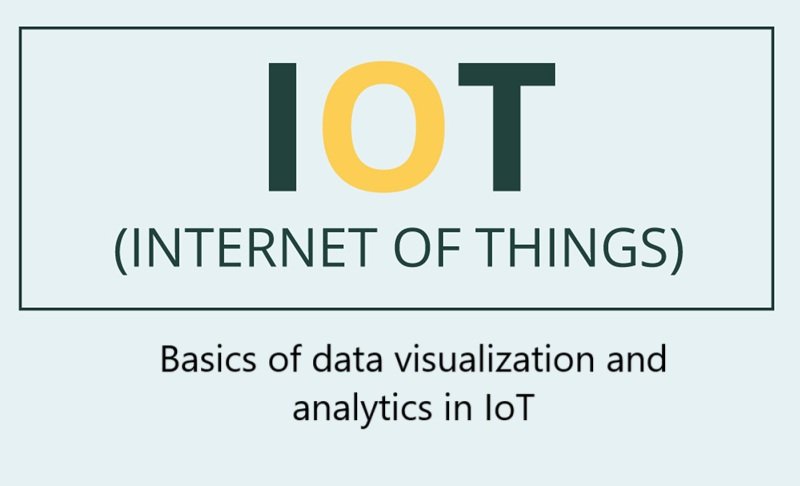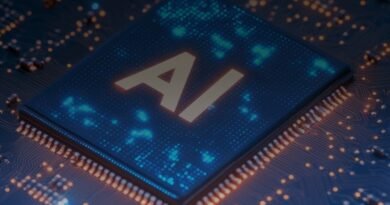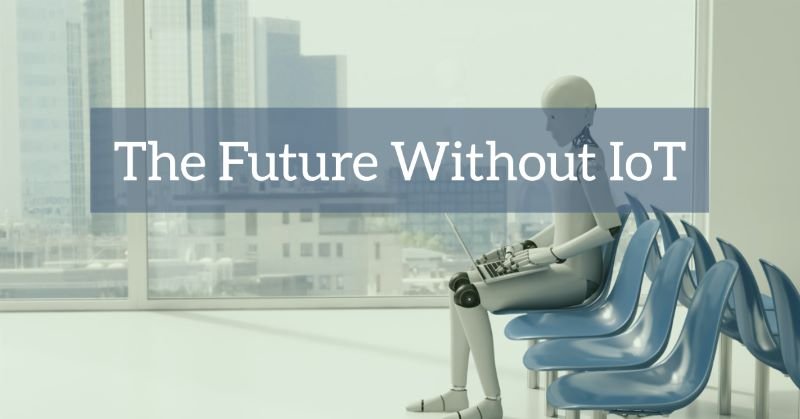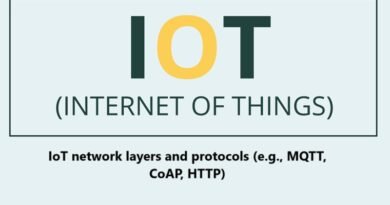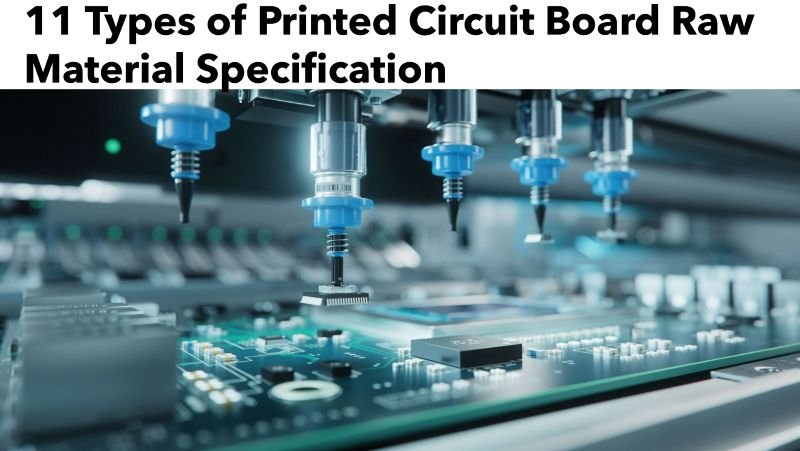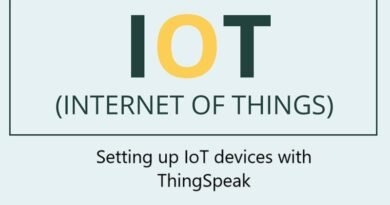Basics of Data Visualization and Analytics in IoT
The Internet of Things (IoT) involves a vast network of devices that generate huge amounts of data continuously. This data, which comes from sensors, machines, and other connected devices, holds valuable insights that can help improve operations, make better decisions, and optimize performance. However, raw data in its unprocessed form is difficult to interpret, which is where data visualization and analytics come in. These tools help make sense of complex data, enabling users to visualize trends, detect anomalies, and draw actionable insights.
In this article, we will explore the basics of data visualization and analytics in IoT, discussing how they help in decision-making, enhancing IoT applications, and improving overall system efficiency.
What is Data Visualization in IoT?
Data visualization is the graphical representation of data and information. In the context of IoT, data visualization allows users to take complex and voluminous data generated by IoT devices and present it in a more understandable and accessible form. This typically includes charts, graphs, maps, and dashboards that summarize the data collected over time.
For example, an IoT system might collect temperature, humidity, and pressure data from environmental sensors. Data visualization tools will take this data and present it as real-time graphs or heat maps that allow users to quickly see trends, detect patterns, and make decisions.
Benefits of Data Visualization in IoT
- Improved Decision-Making:
- Data visualization enables decision-makers to quickly interpret large datasets and make informed decisions. Rather than manually analyzing spreadsheets or raw data, users can see trends and patterns in a visual format, making it easier to identify issues or opportunities.
- Real-Time Monitoring:
- IoT applications often require real-time monitoring of devices and sensors. Visualization tools allow users to observe the live status of devices, with data being updated continuously. This is particularly useful in industries like healthcare, agriculture, and manufacturing.
- Easy Identification of Trends:
- By visualizing data over time, trends become immediately apparent. For instance, users can identify temperature fluctuations or detect patterns in machine performance, helping them take proactive actions to prevent system failures or improve efficiency.
- Enhanced Communication:
- Data visualization simplifies the communication of complex insights to various stakeholders, whether they are engineers, managers, or customers. Visual data is easier to explain and share, reducing misunderstandings and promoting collaboration.
- Actionable Insights:
- By presenting data in a simplified visual format, IoT platforms allow users to spot anomalies, inefficiencies, or performance bottlenecks quickly. This makes it easier to take corrective actions and optimize systems.
Common Types of Data Visualizations for IoT
IoT applications use various types of data visualizations to present information. Below are some common examples:
- Line Charts:
- Line charts are used to display continuous data over time. They are ideal for showing trends, such as temperature fluctuations or power consumption patterns, and identifying peaks or drops in performance.
- Example: A line chart showing the temperature readings from a smart thermostat over the course of a day.
- Bar Charts:
- Bar charts are used to compare data across categories. They are useful for visualizing metrics such as sensor counts or resource usage by different devices or systems.
- Example: A bar chart comparing the energy consumption of different machines in a factory.
- Pie Charts:
- Pie charts are used to show the proportion of a whole. They can help illustrate the distribution of data across different categories.
- Example: A pie chart displaying the breakdown of sensor types used in an IoT system (e.g., 60% temperature sensors, 30% motion sensors, 10% humidity sensors).
- Heat Maps:
- Heat maps are used to display data with color gradients to represent intensity or values. These are useful in applications such as environmental monitoring, where they can represent things like temperature variations across a geographical area.
- Example: A heat map showing temperature variations across a field monitored by multiple sensors.
- Dashboards:
- Dashboards combine multiple visualizations in one place to provide an overview of key metrics. Dashboards can present data from various sensors and devices, giving users a quick view of the system’s health or performance.
- Example: A smart home dashboard showing real-time data from a thermostat, security cameras, and lighting controls.
- Geospatial Maps:
- For IoT applications involving location-based data, geospatial maps can show data points on a map, providing valuable insights into the geographic distribution of events or conditions.
- Example: A fleet management system using a map to show the real-time location of delivery trucks and the status of their cargo.
What is Data Analytics in IoT?
Data analytics in IoT refers to the process of inspecting, cleaning, transforming, and modeling the data generated by IoT devices to discover useful information, make predictions, and support decision-making. Analytics in IoT can be categorized into three main types: descriptive analytics, predictive analytics, and prescriptive analytics.
- Descriptive Analytics:
- Descriptive analytics refers to analyzing past data to understand what has happened in a system. It involves summarizing historical data, identifying patterns, and generating reports. In IoT, descriptive analytics might include monitoring device performance, identifying usage trends, or summarizing environmental conditions over time.
- Example: Analyzing the temperature readings from a warehouse over the past month to determine if they stay within the required range.
- Predictive Analytics:
- Predictive analytics uses statistical algorithms and machine learning models to predict future outcomes based on historical data. In IoT, this can be used to forecast future device behavior, detect potential failures, or predict resource requirements.
- Example: Predicting when a machine in a manufacturing plant is likely to fail based on historical data of performance metrics and environmental conditions.
- Prescriptive Analytics:
- Prescriptive analytics recommends actions to optimize processes or systems. By combining data with optimization algorithms, prescriptive analytics suggests the best course of action to achieve a desired outcome.
- Example: Recommending maintenance schedules for equipment based on its usage and condition data to minimize downtime.
How Data Analytics Helps in IoT Applications
- Predictive Maintenance:
- IoT sensors can collect data on the performance of machines or equipment. Analytics can then predict when these devices are likely to fail, allowing for proactive maintenance to avoid costly downtimes.
- Example: Analyzing vibration data from machines to predict motor failure before it happens.
- Energy Management:
- IoT devices monitor energy consumption in real-time. By analyzing this data, companies can identify inefficiencies, optimize energy usage, and reduce costs.
- Example: Analyzing smart grid data to optimize electricity distribution and reduce energy waste.
- Supply Chain Optimization:
- IoT analytics can be used to track goods in real-time, predict delivery times, and optimize inventory management. By collecting data from sensors in warehouses, logistics, and transportation systems, businesses can make data-driven decisions to streamline their supply chain operations.
- Example: Analyzing the location and condition of products in transit to reduce delays and improve delivery accuracy.
- Environmental Monitoring:
- IoT sensors collect environmental data, such as air quality, temperature, and humidity. Analyzing this data can help detect pollution levels, manage resources, and address environmental concerns.
- Example: Monitoring air quality in urban areas to predict pollution levels and take action to reduce emissions.
- Smart Cities:
- IoT analytics can help improve the quality of life in urban environments by monitoring traffic patterns, pollution levels, energy consumption, and public services. Data analytics can optimize city planning, improve infrastructure, and reduce traffic congestion.
- Example: Analyzing traffic sensor data to adjust traffic light patterns and reduce congestion during peak hours.
Tools for Data Visualization and Analytics in IoT
There are several platforms and tools available to help with data visualization and analytics in IoT. Some of the most popular ones include:
- ThingSpeak: ThingSpeak is an IoT platform that integrates with MATLAB and provides visualization tools such as line charts, bar graphs, and maps for IoT data.
- Power BI: Microsoft Power BI offers advanced data visualization and analytics tools. It can integrate with IoT platforms and analyze real-time data from connected devices.
- Grafana: Grafana is an open-source analytics and monitoring platform that can visualize IoT data in real-time using customizable dashboards and charts.
- Google Cloud IoT: Google Cloud IoT provides various data visualization and analytics tools that can help process and analyze large amounts of data collected from IoT devices.
- Tableau: Tableau is another popular data visualization tool that helps users create interactive and visual reports from IoT data.
Conclusion
Data visualization and analytics play a crucial role in unlocking the value of the vast amounts of data generated by IoT devices. By transforming raw data into insightful visualizations and applying advanced analytics techniques, IoT applications can deliver meaningful insights, improve decision-making, and optimize operations. Whether you’re monitoring smart homes, managing industrial equipment, or analyzing environmental data, data visualization and analytics make it easier to understand and act on complex IoT data, ensuring a smarter and more efficient future.
